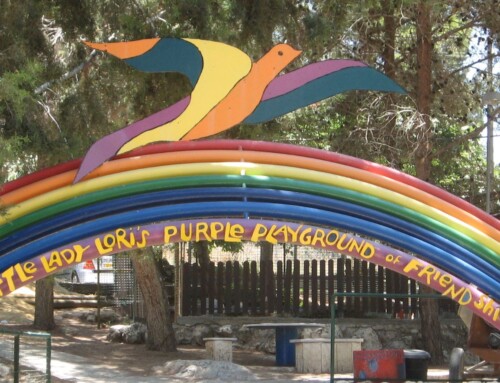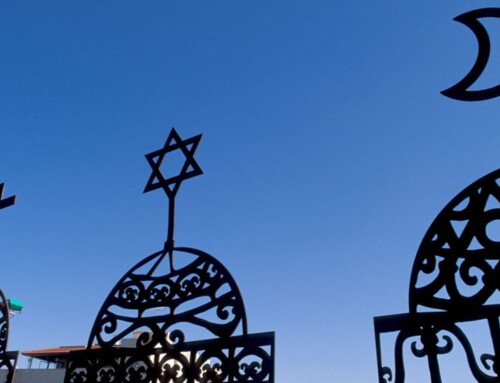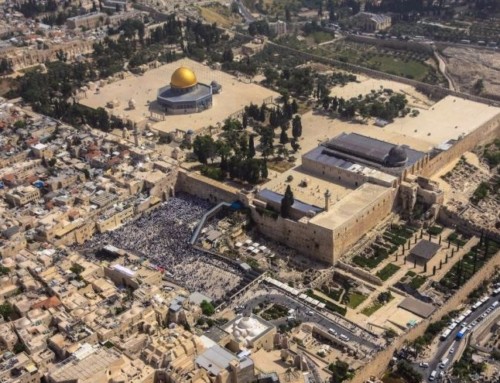While Thanksgiving Day has passed, the spirit of Thanksgiving should be cultivated and expressed all year long.
While not necessary a religious holiday, Thanksgiving’s cornerstone theme, gratitude, is one with deeply religious roots. In Islam, gratitude is shown on three levels: to recognize when gratitude is necessary, to express gratitude, and to demonstrate that gratitude to God by performing good deeds. Similarly, in Judaism, giving thanks is regarded as an extension of expressing gratitude to God.
Certainly, being thankful for what we have is nothing new. Expressing gratitude has biblical roots which can be traced back to the thanksgiving offering performed when the Jewish Temple stood in Jerusalem. Ancient Israelites used the ritual to show gratitude after surviving a particularly harrowing scenario, such as dangerous travel or life-threatening illness.
Fast-forward to 2017. We may not have animal sacrifice anymore, but every Abrahamic religion has developed prayer which narrates the same theme. While gratitude through prayer is certainly an everyday action for religious individuals, emphasis is placed on thankfulness during the time period surrounding the official Thanksgiving holiday. There’s something very moving about an entire nation showing appreciation for the things they are thankful for, especially on a non-religious holiday. Some faith leaders have even penned prayers for Christians, Muslims and Jews to recite at the Thanksgiving table, in recognition for all the blessings they experienced that year.
The entire Thanksgiving season is rooted in gratitude and actions taken to reflect that gratitude. Food drives and Thanksgiving meals for the hungry demonstrate how grateful we are to have food security. Donating toiletries and warm clothing to those experiencing homelessness demonstrates how grateful we are to have shelter. In the United States, you can expect to find many events and campaigns during the Thanksgiving season centered around this concept, whether that’s an uptick in charitable giving on Giving Tuesday or a simple community meal.
These religious roots in particular drive faith communities to express gratitude through charitable deeds during the Thanksgiving season. Many take it upon themselves to tap into their shared faith and pursue helping the needy together. Dozens of inspiring interfaith efforts occur all around the United States around Thanksgiving time, calling upon those in faith communities to help those less fortunate in their communities. During this time of year, mosques become soup kitchens, churches become shelters and synagogues become food pantry drop-off sites, all in the name of expressing gratitude in their faith’s tradition. It’s a beautiful reminder of our shared humanity, transcending political conflict and perceived differences to tap into something greater than ourselves.
There are so many beautiful examples around the country, from Thanksgiving feasts and interfaith choirs to park cleanups and community beautification projects. Some events are grassroots initiatives on the community level, while others are part of the “twinning” program run by interfaith groups such as the Foundation for Ethnic Understanding (FFEU). All of these events leave us at the Menorah Islands inspired and renewed in our own vision to come together for the sake of improving all of humanity in the Middle East and around the world.







Leave A Comment